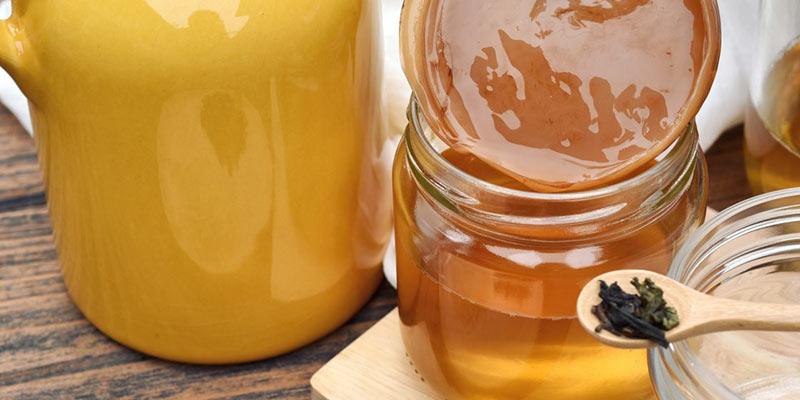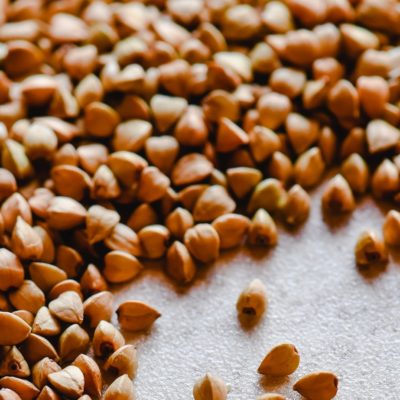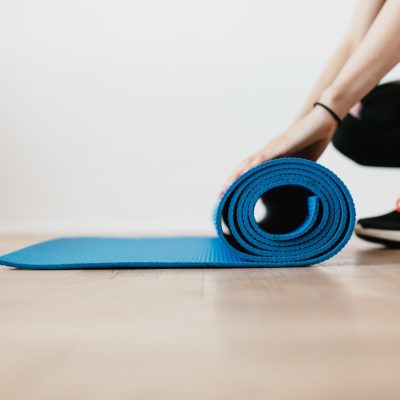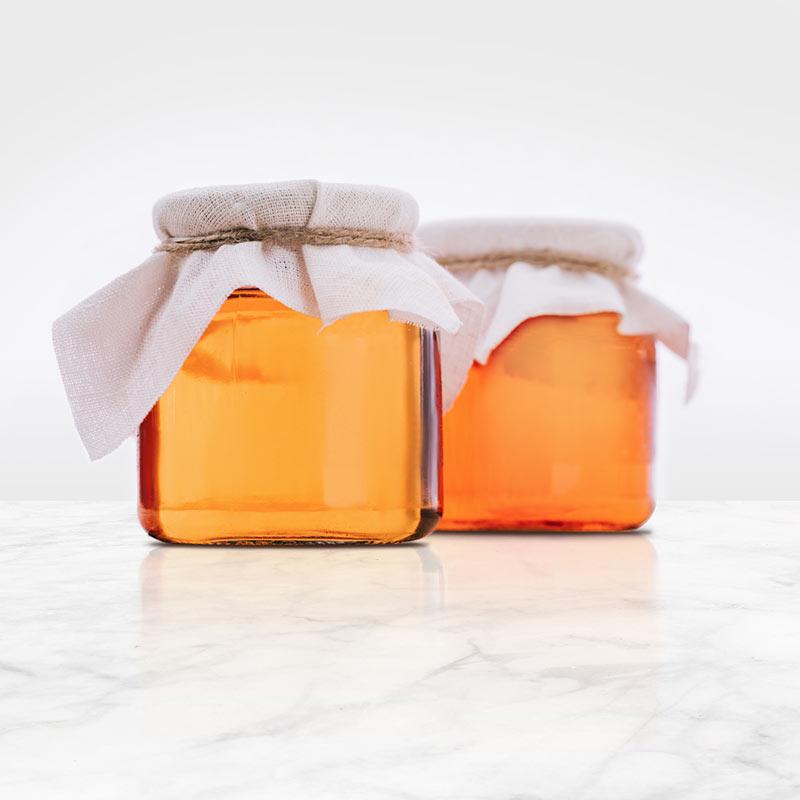The History of DIY Kombucha
Come on in, join the kombucha tribe!

Written by Hannah de Gruchy
Just like making our own clothes or our own beer, making kombucha has been a ‘thing’ that has swung in and out of popularity for decades. In the 60s and 70s, it wasn’t just about flower power and free love. Homemade kombucha was big! And after a little lull, it’s now swung right back into our collective psyche again. Many of our fabulous fermenting fans tell us they regularly make their own.
But in fact, making our own fermented tea drinks has been around for generation upon generation. Stories and legends vary wildly but it’s thought that the earliest mention of a kombucha-like drink was during the Japanese Yayoi period which dates from 300 BC to 300 AD. Legend has it that a ‘vinegary drink’ was used as a powerful medicinal product. But only for those deemed special enough to have it.
From then, throughout the annals of time, the use of kombucha has been recorded in ancient Chinese, Indian and Central Asian history, as part of Ayurveda and Traditional Chinese Medicine. Then, as trade slowly increased, the world got smaller, populations grew closer and diseases spread quicker, it’s thought to have reached North Asian, Russian and European territories as a feature of folk medicine.
To us though, we rather like the mystique surrounding its origins. So we’re not going to try to prove or disprove whoever created it first. We don’t really mind how it travelled around emerging communities and popped up in various cultures. (We’re just very glad that it did.)

Flares and Fermenting
Instead, we are intrigued to look at the more modern history of making kombucha. In the 60s and 70s use of our favourite health drink became more and more widespread. Just like the bottoms of the trousers at the time…
Flares aside, the era of free expression and anti-war protests was also a time when personal health became a big consideration. During this time, a Swiss doctor called Dr Rudolf Skelnar published a paper detailing the health benefits of kombucha. The newly health conscious public eagerly took to kombucha and with little option to buy it in the shops, people took to brewing their own.
This also coincided with the end of the rationing of the Second World War (which lasted well into the 1950s). Tea and sugar had been in short supply, but when they became abundant again, so did kombucha home brewing.
In California, where perhaps the hippie movement was at its strongest, kombucha became known as Groovy Tea. And we couldn’t love a name more.
The Kombucha Movement Coming of Age
Not much is said about kombucha during the hedonism of the 1980s. Perhaps everyone was struggling to come to terms with the size of their hair.
It wasn’t until the mid-90s that kombucha became commercially available in the shops. But in recent years, there’s been a rise in home brewers again. Many people are again lovingly sharing their mother cultures with like-minded members of their tribes. Just like make do and mend, skill shares and tool swaps are brilliantly becoming popular again.
So whether you’re a kombucha brewer or buyer, we embrace you all. Come on in, this tribe is beautiful!











